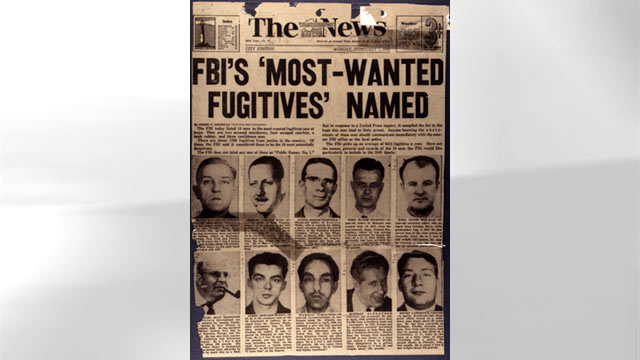On this date in History .... March 21, 1947:
 |
| Photo courtesy of www.nydailynews.com |
The
phrase “The Collyer Brothers” becomes synonymous with “hoarding” when New York
police break into the brothers’ home on the tip of a dead body being in
there. Unable to break the door down,
they unhinged the door and removed it, only to find a solid wall of packed
boxes and rubbish. They eventually had to climb in
through a second story window where they found Homer Collyer’s dead body.
About
120 to 140 tons of garbage and trash was removed from the house, including over
25,000 books, pickled human organs in jars, 14 pianos, and a Model T chassis.
Homer and Langley
Collyer were smart and talented. Both
attended college. Homer practiced law
and Langley was an accomplished concert pianist and had even played at Carnegie
Hall. After their parents’ death, the
brothers began to shut themselves up in their brownstone. Langley used his
engineering degree knowledge to rig up booby traps because of some attempted
break-ins.
Homer developed
cataracts but the brothers decided with their doctor-father’s 15,000 medical
books in the house, they could take care of Homer themselves. They became more and more introverted. Utilities were completely disconnected by
1928. Langley would fetch water for them at a pump in a nearby park. They tried to heat the large home with a
kerosene heater.
When police found
Homer’s body, they suspected Langley had called in the anonymous tip and then
fled. But when Langley failed to show up
at his brother’s funeral a few days later, police suspected he may also be
dead. Homer was found just 10 hours after he died, which seemed to be too short
of a time span for the smell of decomposition to filter through the hoarded
home and generate a phone call to the police.
Eight days later,
while clearing the house, Langley’s body was found, just ten feet from where
Homer had died. The new theory was that Langley was crawling through one of the
tunnels in the home and had tripped one of his own booby traps, causing debris
to come crashing down on him and killing him on around March 9. Because Langley was now dead, Homer, blind and
helpless, starved to death about two weeks later.
The brothers are
buried in unmarked graves. The home was torn down within the year.
















